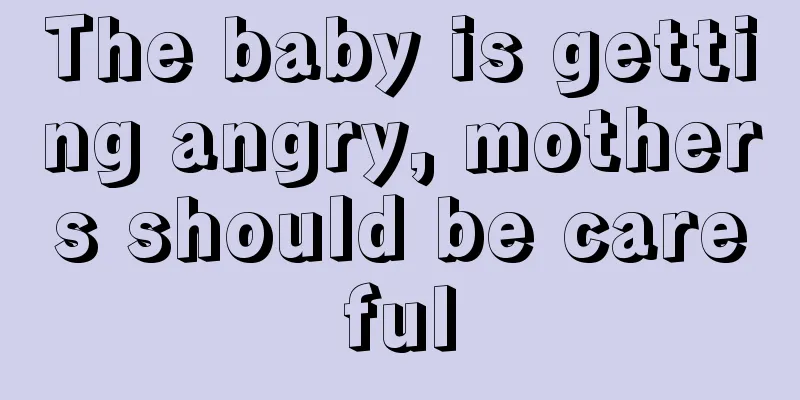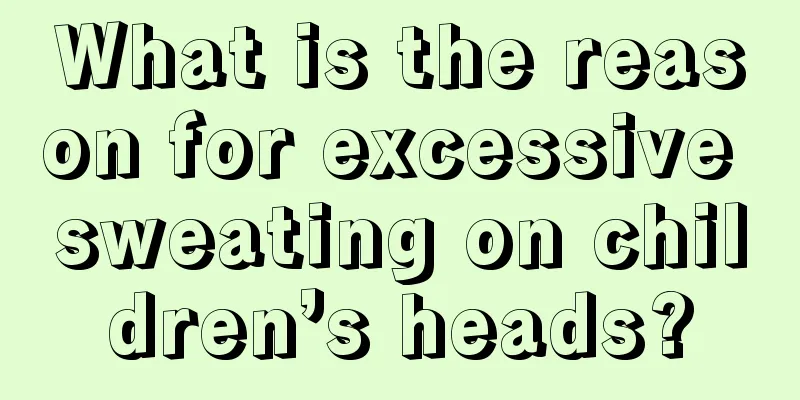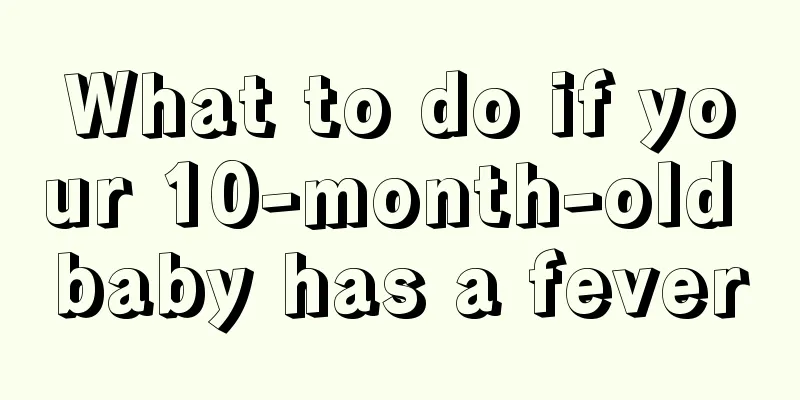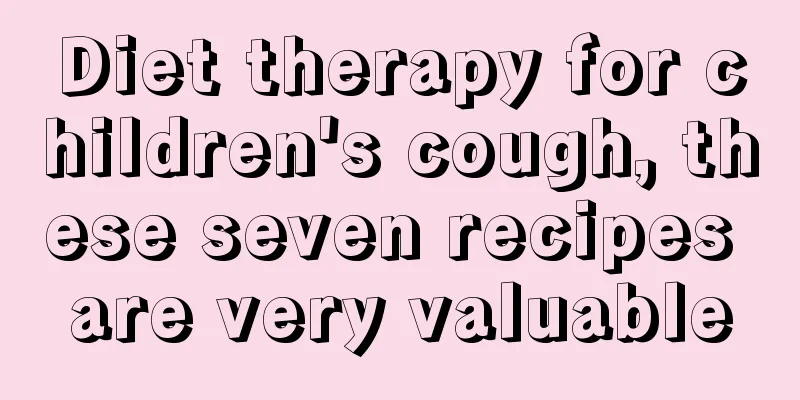What should I do if my child has a fever?
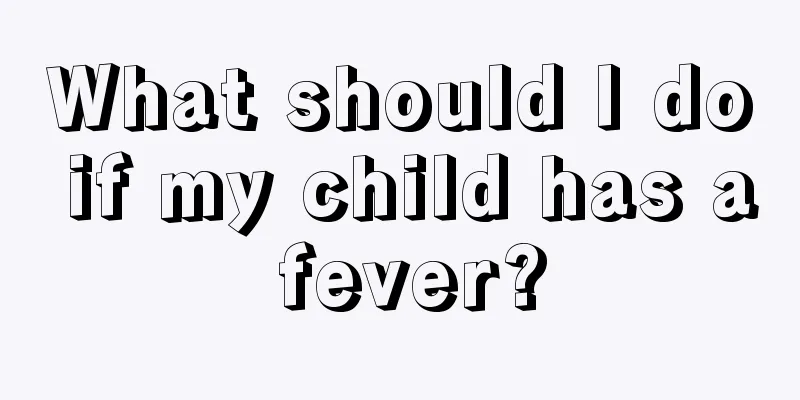
|
Children have weaker constitutions and their resistance and immunity are not as strong as those of adults, so they need careful care from their elders. There are many reasons for colds and fevers, such as catching a cold, etc. As a mother, my baby has had a cold and fever. At first, I was very worried and anxious. Later, after consulting an expert, I was able to deal with similar things with ease. Now, I will share with you. The normal basal body temperature of children is 36.9℃~37.5℃. Generally, when the body temperature exceeds the basal body temperature by more than 1°C, it is considered a fever. Among them, low fever refers to body temperature fluctuating around 38°C, and high fever refers to body temperature above 39°C. Continuous fever for more than two weeks is called long-term fever. Fever is the body's protective response against microbial invasion, which is beneficial to enhancing the body's resistance. Therefore, there is no need to take antipyretics if the body temperature is below 38.5℃. Antipyretic measures are only needed when the body temperature exceeds 38.5℃. Sick children should not wear too many clothes, cover themselves with too thick quilts, or "cover up sweat", so as not to affect heat dissipation and cause the body temperature to rise higher. Encourage children to drink more water and eat more fruits. After having a fever, the child's appetite decreases. You can prepare some delicious and easy-to-digest meals and choose the time when the child's temperature is not high or when he or she has taken medicine to reduce the fever to eat, but do not let the child eat too much. Keep bowel movements regular. Because fever will cause children to lose a lot of water and feel thirsty, they need to be given water constantly to replenish the lost water. You can also prepare fruits with high water content, such as watermelon, for your child, which is very suitable for the taste of sick children. In addition, you need to supplement with nutritious high-calorie foods, such as sugar porridge, egg custard, etc., and eat small meals frequently. Children with fever have slow gastrointestinal motility and should not eat greasy food. Physical cooling: You can take a warm bath. For children whose body temperature is too high (above 40°C), who are feverish and irritable, or who have had convulsions, you can try taking a warm bath. Let the water stay on the child's body to lower the body temperature through evaporation, but do not use cold water; you can also use 35% alcohol to wipe the neck, groin, armpits, etc. for physical cooling. The above is the editor’s experience. Most babies have fevers due to colds. If the hands and feet are cold, the tongue coating is white, the face is pale, and the urine is light in color, you can use ginger and brown sugar water to dispel the cold and induce sweating. If your throat is swollen and sore, your tongue is coated with yellow fur, and your urine is yellow and has a strong odor, it indicates that you have severe internal heat. You should drink plenty of warm water and you can also add a small amount of salt to the water. |
<<: Can a one-year-old baby eat walnut porridge?
>>: Can babies drink red bean porridge?
Recommend
What should I do if my baby's stool has blood?
Some babies have problems with their stool, so th...
Viral enteritis in a one and a half year old baby
The health of children is what parents are most c...
Six foods to help children protect their eyesight during summer vacation
During the summer vacation, our children are undi...
What is the reason for the child's squint?
There are actually reasons why children have stra...
What should I do if my child suddenly has a fever at night?
Winter is the time when children have fever most ...
Is it okay for a six-year-old to learn street dance?
We often see street dance competitions in univers...
Childhood obesity is harmful: Five strategies to prevent it
Due to lack of sufficient nutritional knowledge, ...
Symptoms of trace element deficiency in children
Dear parents, please do not worry too much if you...
What knowledge do you have about artificial feeding of infants?
Artificial feeding is a way of feeding babies whe...
When is chickenpox most severe?
Chickenpox is a very common skin disease. Because...
What are the best ways to reduce fever in children?
Nowadays, most families have only one child. So w...
Methods of massage for children with fever
Massage is a traditional treatment method in Chin...
How to tell if a child’s eardrum is ruptured?
A ruptured eardrum is mostly caused by trauma, wh...
Ten-month-old baby drools a lot
When the baby is ten months old, the mother will ...
Causes and treatment of lymphadenitis in children
It is really a headache for young parents when th...

